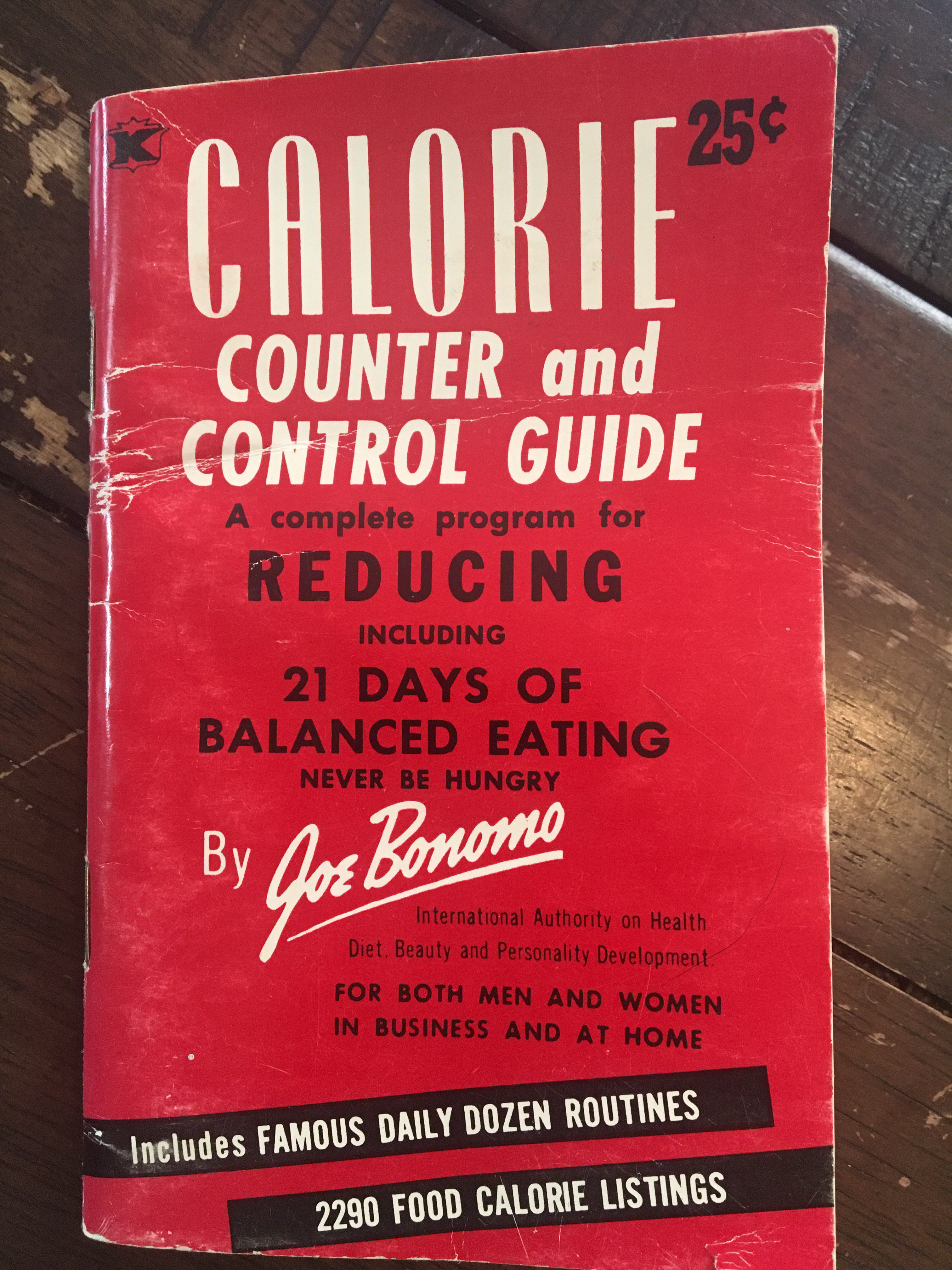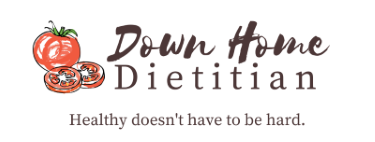Nutrition Tidbits from the 1950s
The Parsons family got back a few days ago from a road trip that sort of resembled those you see on family comedies – you know, the ones where nothing goes exactly as planned? We had a great time though and thankfully everyone kept positive attitudes and was patient. The fiascos only led to fun stories and memories.
Since returning from vacation I have had a really hard time getting back into my routine and back to blogging, posting, and well…working. One of the major benefits/challenges of working for yourself I suppose. Anyway, I thought I’d ease myself back into it with a fun, goofy post.

Recently, a friend of mine found this nutrition guide from the 1950s at an antique store and picked it up for me (thanks, Sandy!). I have had a blast poking through it and finding some doozies, as well as some common sense that still presides over balanced eating today. Today I’m going through the top 3 best (and silliest) pieces of nutrition advice from this little gem.
3 Best Pieces of 1950s Nutrition Advice
- “Do not skip meals.” This can help your body regulate its own blood sugar and prevent overeating later in the day. Often nighttime snacking binges are the result of an inadequate or absent breakfast.
- “Eat many kinds and all you can of low calorie vegetables.” I can not emphasize enough the importance of the inclusion of these super-healthy foods. Most of our bodies are dying for some natural vitamins and minerals! For most of my clients, if they changed nothing other than meeting their daily allotment of fruits and vegetables, they noticed a significant improvement in energy levels and any symptoms they had.

3. “Your diet should be based on a personal understanding of the difference between hunger and appetite.” The book elaborates by describing hunger as a need for fuel, while appetite is a desire for something tasty. This is vital, especially today. We have so many tasty foods easily available to us that we have trained ourselves to feed both our appetites and our hunger. Noticing the difference, prioritizing and feeding hunger, and practicing other methods of addressing appetite can be a long-term game-changer for many in their quest to improve their health. Often, this requires help from a knowledgeable counselor (since “appetite” in the sense described here is very often fueled by negative emotions or depression) and Registered Dietitian.
3 Silliest Pieces of 1950s Nutrition Advice
- For women to know their height and weight, they must weigh while ordinarily dressed with 2″ high-heeled shoes. 😂 Men should weigh while ordinarily dressed but without their topcoat or hat.

2. “Do not drink large amounts of water at mealtime…nor one hour before or up to one hour afterward.” Why? Most of us are underhydrated and often mistake thirst for hunger. Drinking water at mealtimes can help digestion and prevent overeating. Drink up!
3. In order to “reduce,” you must alternate your intakes between about 700 and 1200 calories per day, depending on your weight. Yikes! Under absolutely no normal circumstances would I recommend an adult eating less than 1200 calories per day (unless you are less than 5 feet tall). Studies show that drastic reductions in intakes and weight have long-term negative consequences on metabolism. Plus, you feel awful!
Hope you enjoyed this fun dive into the past as much as I did! Have a good laugh and a healthful day!





Leave a Comment